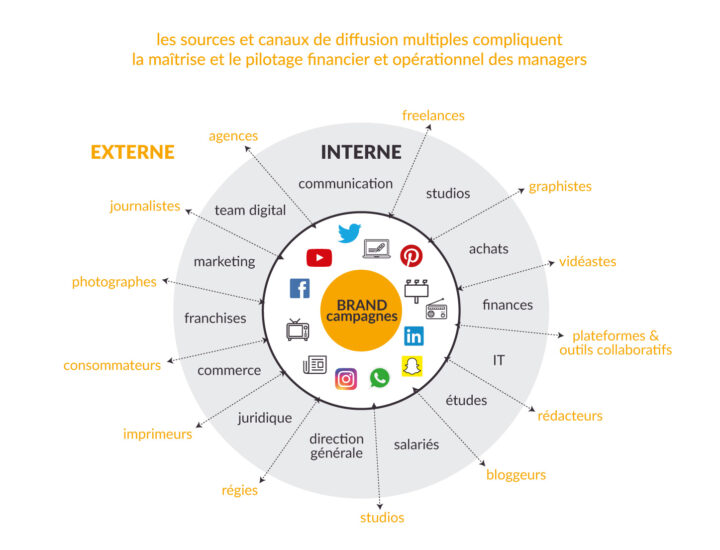
luxury conquers the no canal
Feared by luxury houses at the beginning, making most of them late adopters, the digital world is now a major and unavoidable axis of their ...
Our Expertise

Marketing precision is a huge financial challenge for brands. Ever closer and more contextual, brands are bending over backwards to increase customer engagement and conversion rates.
Indeed, the possibilities of ultra-personalization and targeting made possible by Big Data, via powerful tools, require a phenomenal multiplication of content.
Today, thanks to the precision of tracking, the advertising campaign can be delivered to the right person, at the right time and on the right channel with the right message. So many message variations to be produced so that content agencies push advertisers to internalize a content factory.
Certainly, inbound marketing offers quality content that attracts an audience already interested in your company and products. When you publish content that matches the interests of your audience, you naturally attract inbound traffic. You can then convert your visitors into leads, close sales and continue to entice them over time. But how much does it cost to convert? How long does it take? How do you measure influence? Does lead measurement provide real information on the transformation into sales?
Precision marketing is a strong demand from brands to get the most out of each campaign developed, multiply the ROI of creative investments and go as far as possible in customer experience and storytelling.
Under a sort of digital frenzy that is almost dictatorial, many advertisers produce several hundred, sometimes thousands digital formats for the same campaign. This overkill of formats in a short time may seem, at first sight, to make the act of creation profitable. However, this can quickly cause the production and execution budget to drift if it is not controlled, and above all, it often leads brands away from rigorous monitoring of their effective reach, especially on social, which would probably condemn 70% of the formats produced and broadcast.
The ability to remain focused on the management of this effective reach, to identify and produce the relevant formats quickly, to respect a process that guarantees an honorable time to market and to control its costs make the difference.
Rational measurement and regular monitoring between the gain in sales and reach and the increase in costs related to the development of these hundreds of formats compared to a massive investment in large media is essential.
Which model to choose, which internal/external mix to deploy to remain agile, financially and operationally efficient : Between the choice of highly staffed internal “studios”, fragmented marketing/communication teams, digital expertise poorly connected to the business and to marketing and communication teams, panels of external service providers whose variety and number are exploding…
These new uses place at the heart of the challenges facing brands, the subjects of measuring the effectiveness of investments, organization, rationalization, analysis of complete costs, make or buy… In order to secure solid performance over the long term and make relevant investments, this implies accepting to regularly and systematically question one’s strategic investment and content choices.

Feared by luxury houses at the beginning, making most of them late adopters, the digital world is now a major and unavoidable axis of their ...

Scanning a barcode to know the composition of a product, reading other customers before choosing a restaurant, or comparing airfare prices, ...

From Christie’s sale of a piece of digital art for $69 million, to Jack Dorsey’s (co-founder of the Twitter platform) first twee...